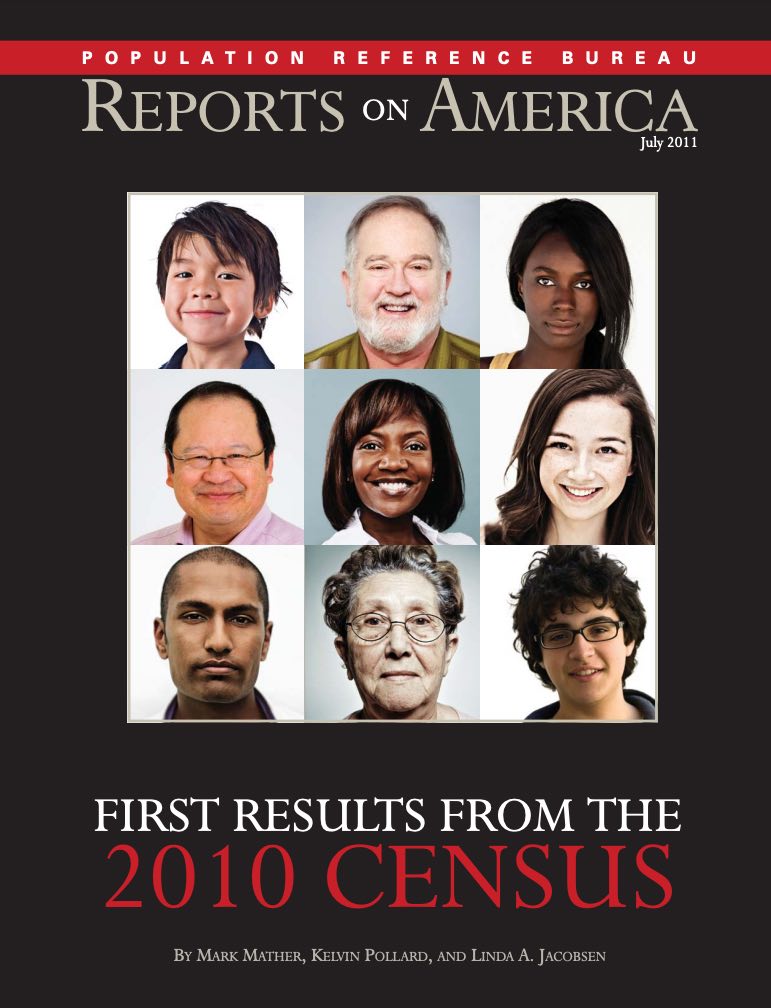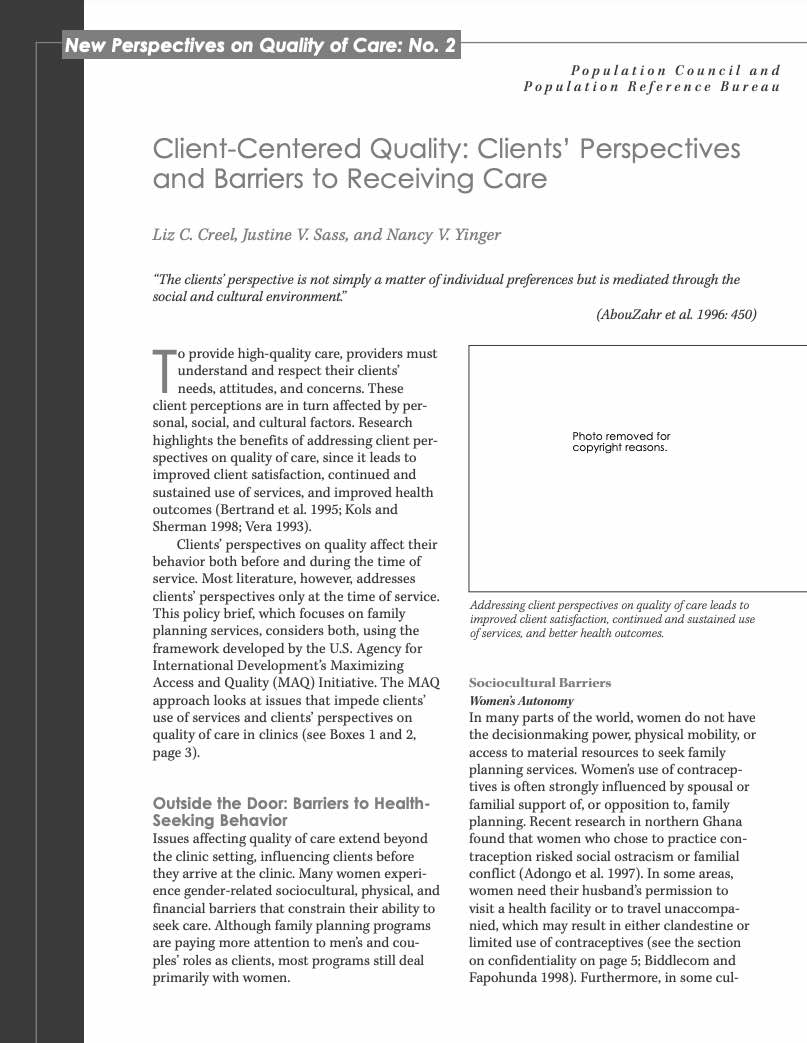505 Search Results Found For : "demographic dividend"

First Results From the 2010 Census
(2011) Ten key findings about how the U.S. population has changed.

Project: Demography and Economics of Aging and Alzheimer’s Disease
Fact Sheet: Aging in the United States
The current growth of the population ages 65 and older, driven by the large baby boom generation—those born between 1946 and 1964—is unprecedented in U.S. history. This aging of the U.S. population has brought both challenges and opportunities to the economy, infrastructure, and institutions.
World Population Highlights 2007: Urbanization
(September 2007) The world is on the verge of a shift: from predominantly rural to mainly urban.

Client-Centered Quality: Clients’ Perspectives and Barriers to Receiving Care
To provide high-quality care, providers must understand and respect their clients' needs, attitudes, and concerns. These client perceptions are in turn affected by personal, social, and cultural factors.
La planification familiale améliore la vie et la santé des pauvres en zone urbaine et économise de l’argent
(2010) Cette année, la Journée Mondiale de la Santé (7 avril) se concentre sur l’importance de la santé urbaine. L’urbanisation advient si rapidement dans certaines régions du monde que les villes ne sont pas à même de répondre aux demandes accrues de services liés à l’environnement, la santé et l’éducation, sans oublier les besoins en matière d’emploi, de logement et de transport d’une population qui pourrait doubler en moins de 25 ans.
Project: IDEA: Informing Decisionmakers to Act
New Kenyan Population Policy a Model for Other Countries
(2014) In 2012, the government of Kenya passed a landmark policy to manage its rapid population growth. The new population policy aims to reduce the number of children a woman has over her lifetime from 5 in 2009 to 3 by 2030.2
9 Billion World Population by 2050
(2000) The current period of rapid population growth will continue for at least another 50 years, according to the 2000 World Population Data Sheet of the Population Reference Bureau. By 2050, the world is expected to add 3 billion more people to reach a total of 9 billion.
